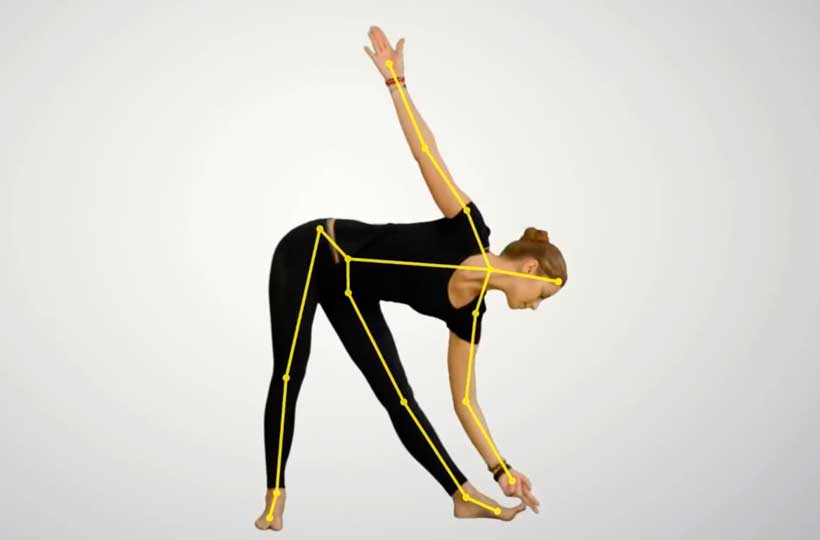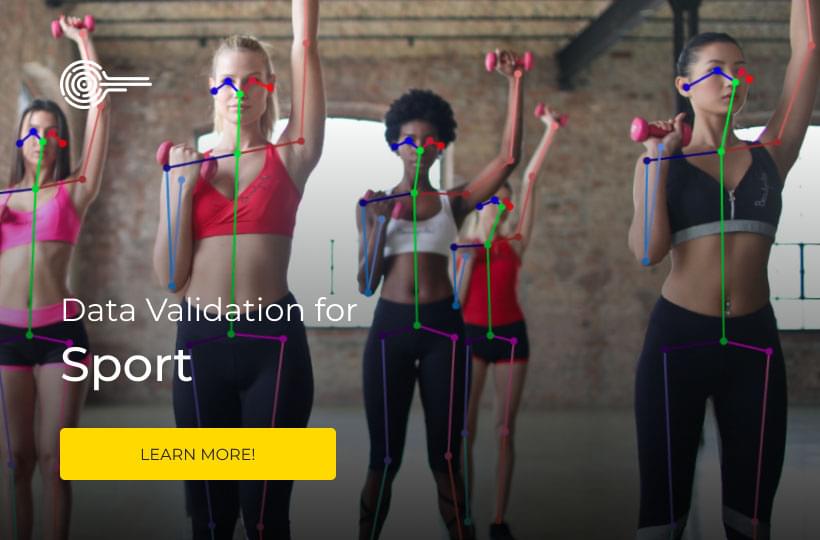How Skeletal Annotation Enables AI for Sport and Fitness

Image and video annotation are helping to launch a range of AI systems in the world of sport and fitness. Computer vision based AI models are now able to interpret the movements of the human body and infer specific information. These applications will improve performance for both professional athletes and amateurs training at home. Many of these use cases are enabled by careful image and video annotation, in particular the skeletal annotation technique.
This blog will focus on skeletal annotation and identify some of the exciting use cases that are supported by it. As the sport and fitness AI sector grows demand for skeletal annotation will increase. As a result many AI companies are turning to professional annotation providers, like Keymakr. We will look at how outsourcing provides an edge when it comes to skeletal annotation.
What is skeletal annotation?
Skeletal annotation highlights body movement and alignment. When performing this technique annotators link together lines on the human body, joining them together with dots at points of articulation. So for example a point on the wrist is connected by a line to a point of the elbow, which is in turn connected to the shoulder and so on.
This creates a simplified image of a body's position that is recognisable to computers. For most sports use cases this technique is applied to video, meaning that annotators must precisely define body positions across thousands of individual frames.
Video annotation | Keymakr
Use cases supported by skeletal annotation
Skeletal annotation allows AIs to understand movement. Models trained with data that has been annotated in this way are now being deployed across a range of contexts:
- Analytics for professional sport: AI systems can now analyse player movements in granular detail. This information allows coaches to instruct professionals, teaching them better technique. It can also support tactical analysis by identifying patterns in play.
- Identifying and preventing injuries: If AI powered cameras can identify normal movement they can also detect when movement is impaired or unusual. This could allow for early warning of potential injuries, or for protecting a player who is already injured.
- Home fitness mobile apps: As more people choose to exercise at home fitness apps are becoming increasingly sophisticated. AI enabled apps are trained with skeletal annotation. This allows them to instruct users on correct form and warn them when they are exercising incorrectly. This will help to improve fitness and prevent injuries.
- Home fitness mirrors: These in home devices guarantee a fully personalized workout. This is achieved in part by smart AI systems that can tailor instruction and plans to the needs of specific individuals.

Outsourcing to guarantee quality skeletal annotation
Skeletal annotation is a vital component of the sport AI training process. However, this annotation technique can be laborious and expensive for AI companies. Outsourcing to experienced annotation services can ease this burden. Some key advantages of skeletal annotation outsourcing include:
- Video: The majority of skeletal annotation for sport involves video. The multiplicative effect of thousands of individual frames can be extremely time consuming. Professional annotation teams can overcome this with careful management and experienced operators.
- Annotation tools: Proprietary platforms allow annotation services to accelerate skeletal annotation. For example, Keymakr’s unique project management capabilities ensure that long video sequences are annotated accurately and within deadlines.
- Data creation: Sport and fitness applications often require unusual or specific training data. This can be difficult to collect from traditional image and video sources. Annotation services often have experience with data creation, and can deploy camera operators to construct appropriate images and videos.
Quality skeletal annotation
Keymakr utilises proprietary technology, in-house teams of annotators, and multiple layers of quality control to provide data annotation that is precise, affordable and scalable.




